
Revolutionary therapies restructure pharmaceutical manufacturing.

Revolutionary therapies restructure pharmaceutical manufacturing.

Pharmaceuticals are entering a transition into a far more complex era of patient therapies, and patient segmentation.

The document includes recommendations for the reporting and implementation of changes to container closure system components.
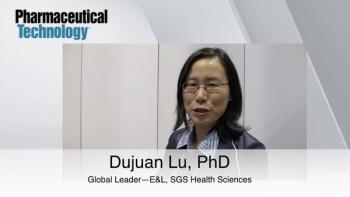
Dujuan Lu, PhD, global leader—E&L, SGS Health Sciences, recommends some key issues that pharma manufacturers should consider when formulating products that require a medical device.

USP offers strategies to minimize residual impurities in downstream processing.

The construction of Gritgen’s GMP facility strictly adheres to the global current GMP (CGMP) standards and complies with the regulatory guidelines of authoritative agencies including the National Medical Products Administration (NMPA), FDA, and the European Medicines Agency (EMA).

The program will allow sponsors of certain CBER and/or CDER-regulated products more frequent communication with FDA staff.
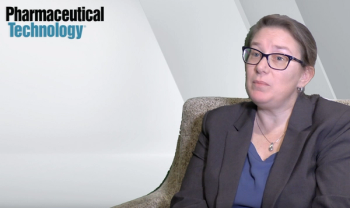
Kelley Burridge, PhD, Product Quality Team Leader, OBP, OPQ, CDER, U.S. FDA, discusses the importance of continuous manufacturing for the future.
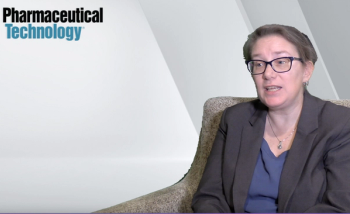
Kelley Burridge, PhD, Product Quality Team Leader, OBP, OPQ, CDER, U.S. FDA, discusses the highlights of her ICH Q13 session that she wants others to be aware of.
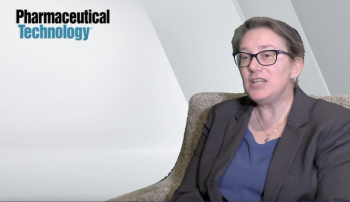
Kelley Burridge, PhD, Product Quality Team Leader, OBP, OPQ, CDER, U.S. FDA, discusses how advanced manufacturing technology can improve things such as cost and efficiency.
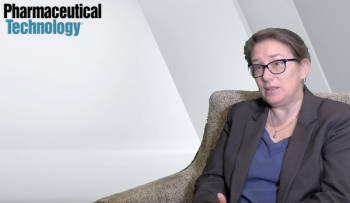
Kelley Burridge, PhD, Product Quality Team Leader, OBP, OPQ, CDER, U.S. FDA, discusses the barriers to the development of continuous manufacturing processes after implementing ICH Q13.

Scientists are leveraging ddPCR technology to get an accurate read on viral titer and vector copy number.

Rentschler Biopharma’s ATMP business can now offer its full range of services for the clinical supply of AAV, including bioprocess and analytical development through to cGMP manufacturing at the Stevenage facility in the UK.

The new policy will require trading partners to supply, accept, and manage all documentation of product and ownership of prescription drugs electronically.

The updated vaccine will be ready to ship following a positive European Commission review.

The guidance can help both applicants and manufacturers limit the mutagenic and carcinogenic potential of NDSRIs.

The document’s recommendations outline what studies and reports are required for changes to cell and gene therapy manufacturing.

The agency is reviewing the medicines after receiving reports of self-injury and suicidal thoughts in patients using the type 2 diabetes treatments.

The agency found insanity conditions and CGMP violations at Pharmedica USA, LLC’s Phoenix facility during an inspection.

Guidance for GMP manufacture of emerging therapies has evolved to accommodate innovation and the broader spectrum of products in development, but greater harmonization is still needed.

Technological advances hold promise for mitigating human error in the pharmaceutical industry, especially in quality assurance/quality control, by reducing the incidence of, and risk associated with, mistakes.

This article focuses on drawing parallels between ICH Q14/Q2(R2), United States Pharmacopeia (USP) <1220>, and International Organization for Standardization/International Electrotechnical Commission (ISO/IEC) 17025:2017.

This article provides an overview of validation concept principles evolution to a life cycle risk-based approach with focus on compendial perspectives.

Good distribution practices ensure appropriate physical storage, distribution, and supply chain security, says Siegfried Schmitt, vice president, Technical, at Parexel.

The agreement will be able to let FDA and the Swiss Agency for Therapeutic Products (Swissmedic) utilize each other’s GMP inspections of manufacturing facilities, avoiding the need for duplicate inspections.